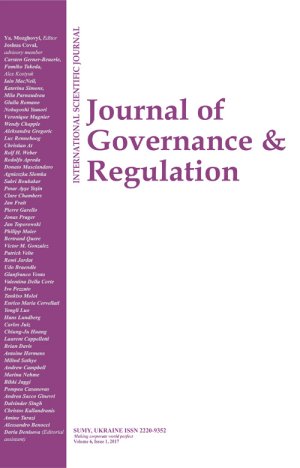
ROBUSTIFYING THE MULTIVARIATE CHAIN-LADDER METHOD: A COMPARISON OF TWO METHODS
Download This Article
This work is licensed under a Creative Commons Attribution-NonCommercial 4.0 International License.
Abstract
The expected result of a non-life insurance company is usually determined for its activity in different business lines as a whole. This implies that the claims reserving problem for a portfolio of several (perhaps correlated) subportfolios is to be solved. A popular technique for studying such a portfolio is the chain-ladder method. However, it is well known that the chain-ladder method is very sensitive to outlying data. For the bivariate situation, we have already developed robust solutions for the chain-ladder method by introducing two techniques for detecting and correcting outliers. In this article we focus on higher dimensions. Being subjected to multiple constraints (no graphical plots available), the goal of our research is to find solutions to detect and smooth the influence of outlying data on the outstanding claims reserve in higher dimensional data sets. The methodologies are illustrated and computed for real examples from the insurance practice.
Keywords: Multivariate Chain-ladder Reserving Method, Multivariate Outliers, Multiple Business Lines
How to cite this paper: Van Wouwe, M., & Phewchean, N. (2016). Robustifying the multivariate chain-ladder method: A comparison of two methods. Journal of Governance and Regulation, 5(1), 70-77. https://doi.org/10.22495/jgr_v5_i1_p9



















